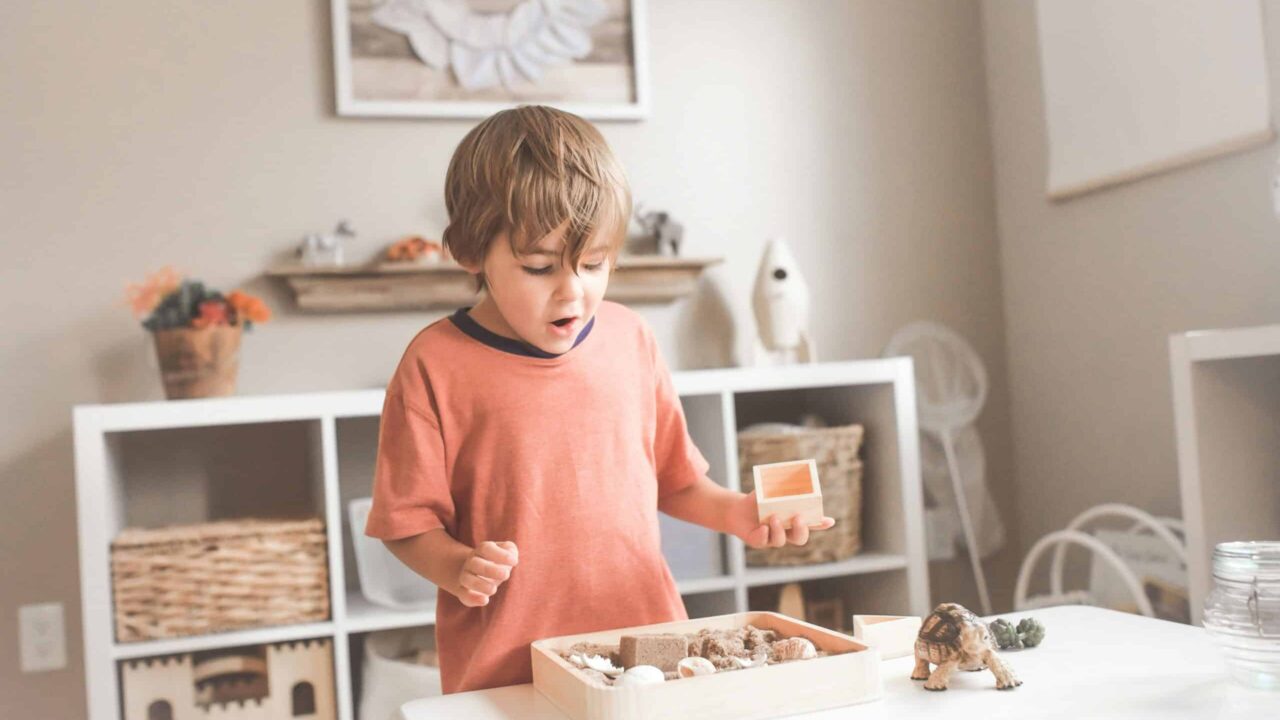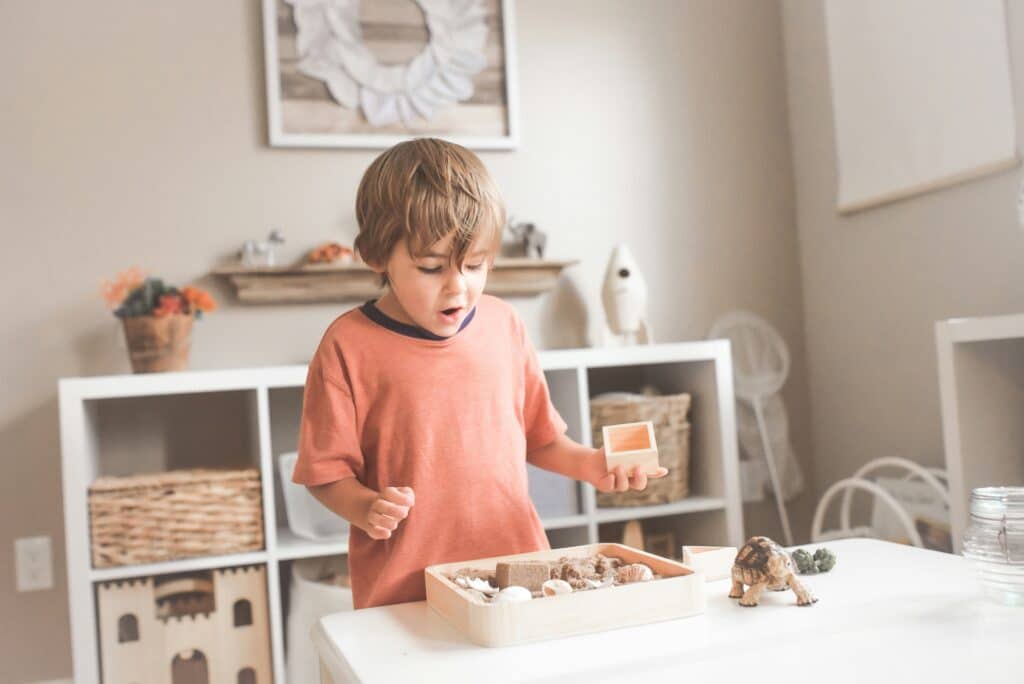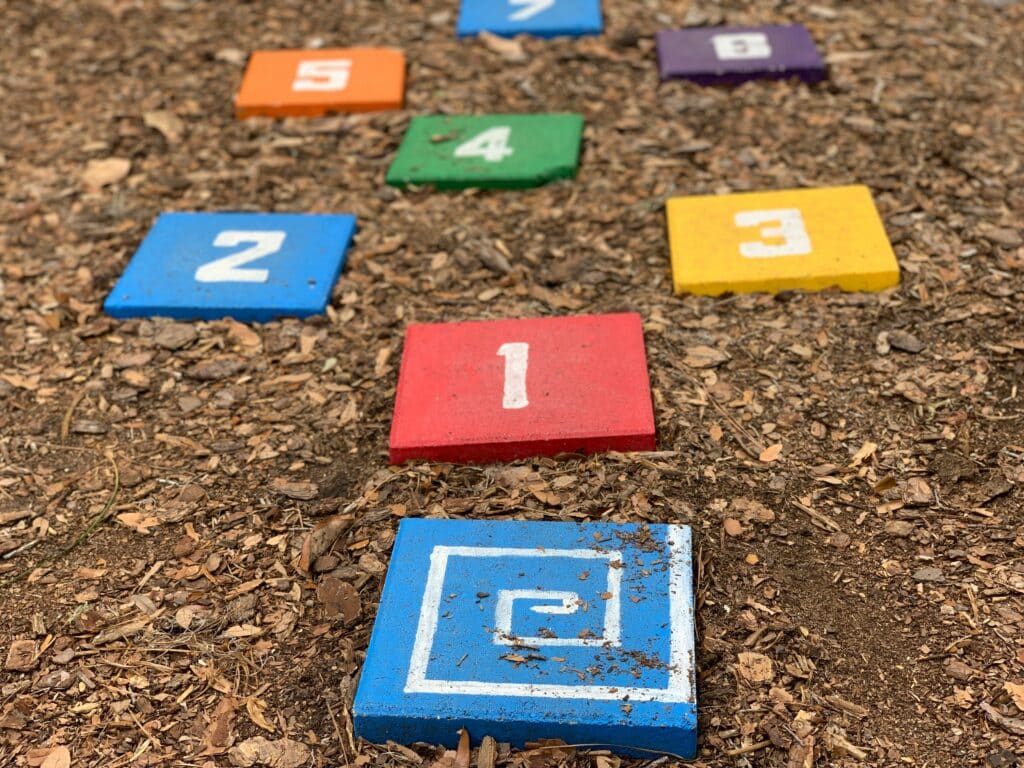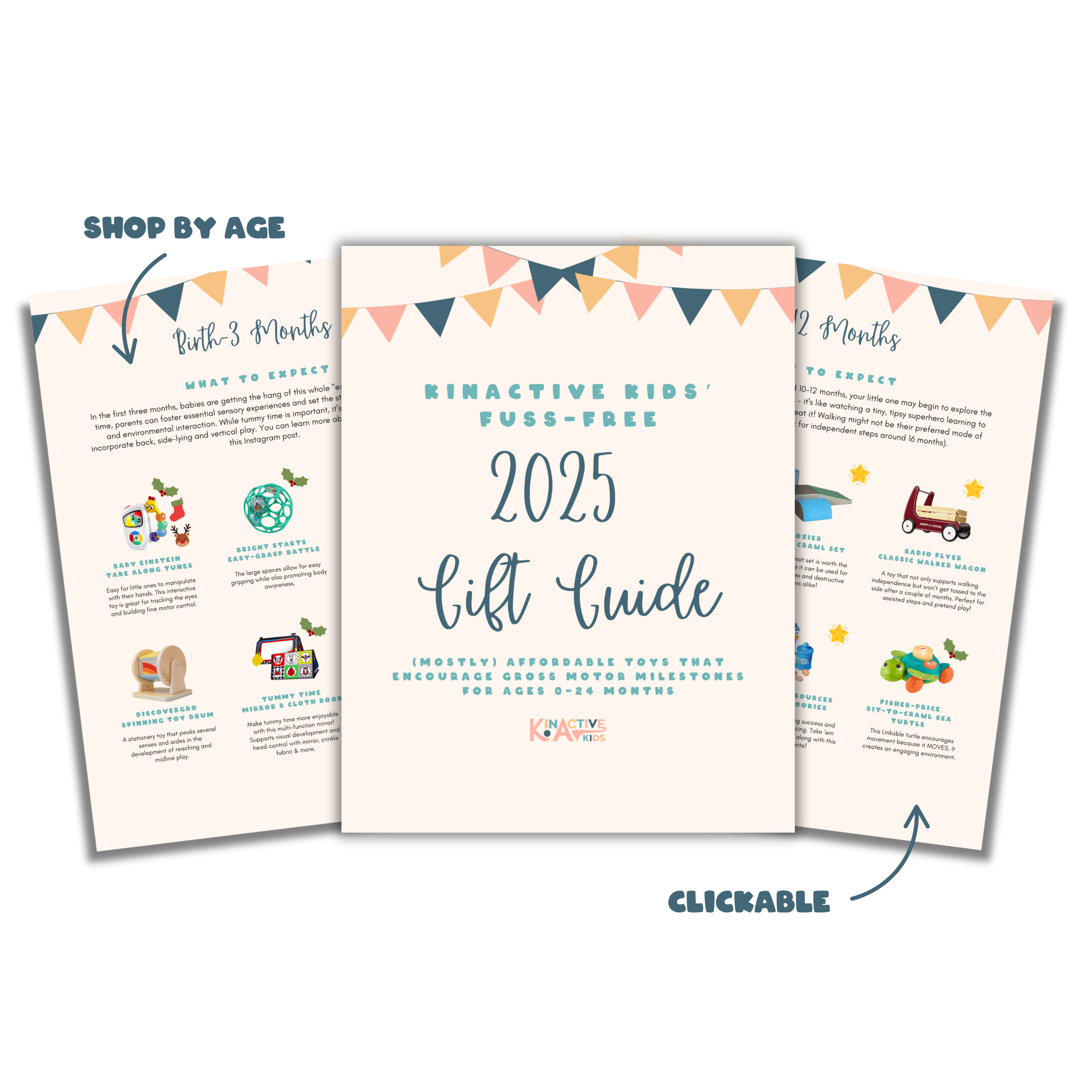10 Best Balance Exercises for Kids: A Comprehensive Guide

At KinActive, we emphasize the importance of gross motor skill development in infants and children in general as a key component of both physical and cognitive health. Gross motor skills involve the coordination of larger muscles, especially those in the arms, legs, and core, which are critical for performing everyday movements. A significant yet often overlooked aspect of gross motor development is balance. Whether your child is a toddler just beginning to walk or a preschooler exploring more complex movements, balance exercises help strengthen core muscles and improve overall coordination.
In this guide, we have compiled a list of the 10 best balance exercises for kids that can be practiced at home. These exercises not only foster physical development but also allow for quality bonding time between parents and children. If you need additional help on this, my instagram is chalked full of tips and tricks on gross motor development.
Understanding the Types of Balance Exercises
Before jumping into the exercises, it’s essential to understand the two main types of balance: static and dynamic.

– Static Balance:
This involves maintaining a position without movement, such as standing on one foot or holding a pose like tree pose in yoga. Static balance is about stability, helping children develop the ability to stay still and control their body posture.
– Dynamic Balance:
This is the ability to remain balanced while in motion, such as hopping, walking on a line, or playing hopscotch. It’s crucial for performing everyday tasks like walking, running, and climbing.
Both types of balance are important for a child’s development, and the exercises listed below include examples of both static and dynamic balance activities.
The 10 Best Balance Exercises for Kids
Here is a detailed list of balance exercises that cater to a range of ages, from toddlers to school-aged children. These activities can easily be done at home, with minimal equipment required.
1. Bubble Popping
– Age Range: Toddler to preschool
– Type: Dynamic
– How to Do It: For this balance exercise, have your child sit or stand, depending on their development, while you blow bubbles around them. Encourage them to reach out and pop the bubbles. This exercise promotes mindful play, helping your child practice hand-eye coordination and improve their gross motor skills. You can vary the challenge by having your child pop bubbles with different body parts, such as hands or feet, for a fun twist.
2. Partial Step Up
– Age Range: Toddler to early elementary
– Type: Static
– How to Do It: Use a small step stool or a low platform. Have your child place one foot on the stool, either with your assistance or independently, and hold the position. Ask them to press down through their feet and maintain balance. This exercise helps build leg strength and prepares them for activities like stepping over obstacles or climbing stairs. For older children, you can introduce alternating foot steps or add light weights for extra resistance.
3. Freeze Dance
– Age Range: Preschool to elementary
– Type: Both static and dynamic
– How to Do It: Play music and dance around the room with your child. When the music stops, both of you freeze in whatever position you are in. This exercise is fun and versatile—you can incorporate different body positions or even yoga poses. Freezing in a position encourages body awareness and the ability to control movement, making it a great balance exercise.
4. Hopscotch

– Age Range: Preschool to elementary
– Type: Dynamic
– How to Do It: Use sidewalk chalk or painter’s tape to create a hopscotch grid on the floor or outside. Have your child hop through the squares, aiming to land on one foot in some spaces and two feet in others. Hopscotch helps children develop balance, coordination, and spatial awareness. It’s also a fun way to get them active and engaged, especially if you turn it into a friendly competition or incorporate counting into the game.
5. Heel-to-Toe Walking
– Age Range: Preschool to elementary
– Type: Dynamic
– How to Do It: For this balance exercise, place a piece of tape on the floor to create a straight line. Have your child walk along the tape, placing one foot directly in front of the other, with the heel of one foot touching the toes of the other. This exercise promotes balance and coordination. For added difficulty, create curves or zig zags with the tape or have them walk backward along the line.
6. Sticker Grab
– Age Range: Toddler to preschool
– Type: Static
– How to Do It: Place stickers on your child’s feet or lower legs. Encourage them to lift their legs, one at a time, to grab the stickers with their hands. Depending on their age, you may need to help stabilize them. This activity strengthens their core and leg muscles while promoting balance and coordination. You can also adapt this game by placing stickers in different spots, encouraging a full range of motion.
7. Exercise Ball Balance
– Age Range: Preschool to elementary
– Type: Static
– How to Do It: Using an exercise ball or bosu ball, have your child sit or stand on the ball, depending on their comfort level and age. Start by having them balance for a few minutes, gradually increasing the time as they get stronger. This balance exercise is excellent for core stabilization and posture. It’s also a fun way for kids to explore movement while improving their balance.
8. Kicking a Ball
– Age Range: Toddler to elementary
– Type: Dynamic
– How to Do It: Set up a soft ball in front of your child and have them kick it toward a goal or an object. Kicking a ball requires them to balance on one leg while coordinating their movements, helping to improve both their balance and gross motor skills. You can make the game more challenging by setting up multiple targets or increasing the distance between the kicker and the target.
9. Tree Pose (Yoga)
– Age Range: Preschool to elementary
– Type: Static
– How to Do It: Instruct your child to stand on one leg and place the sole of their other foot on their inner thigh. Encourage them to hold the position as long as they can. Tree pose is a fantastic yoga exercise that teaches body control and improves core strength. At first, your child may need help with balance, but over time, they will develop the stability to hold the pose independently.
10. Twister
– Age Range: Preschool to elementary
– Type: Dynamic
– How to Do It: Twister is a classic game that’s a perfect balance exercise in a playful environment. By placing hands and feet on specific colored dots, children must stretch and hold positions that test their balance and flexibility. This game is also great for family bonding and can be adapted for multiple skill levels, making it both challenging and fun.
Need Additional Support?
At KinActive, we understand that every child develops at their own pace. Here’s how we can help:
1) KinActive Masterclasses: We have a comprehensive library of masterclasses that range from helping your child crawl to mastering walking. Check them out here!
2) KinActive Kamp: At KinActive we specialize in the combination of physical therapy and chiropractic care designed to help children specifically who have physical conditions, neurological conditions or genetic conditions. Here is where you can apply or learn more about our Kamps.
3) KinActive University: If you are a clinician looking to learn more about how you can implement KinActive best practices to help transform the pediatric care, check out this page. If you are a parent and looking for a clinician in your area that utilizes our methods, we have a clinical database tool that you can use.
Contact us to learn more about how we can assist you in fostering your child’s growth and development. With the right exercises and professional support, your child will be well on their way to achieving a healthy, active, and balanced life.



